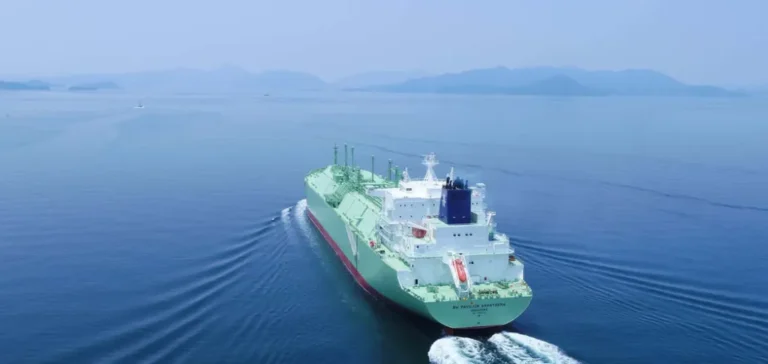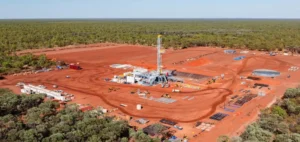The Russian Federation plans to reach an annual production of 56 mn tonnes of liquefied natural gas (LNG) by 2027, according to targets outlined in the national energy development programme. This trajectory includes output of 40 mn tonnes in 2025 and 44 mn tonnes in 2026.
Over the first eight months of 2024, LNG production declined by 6%, reaching 20.8 mn tonnes, according to data published by the Federal State Statistics Service (Rosstat). For the full previous year, Russia had produced 34.7 mn tonnes, which serves as the baseline for future projections.
Exports revised downward for the next three years
Updated macroeconomic forecasts have adjusted Russia’s LNG export volumes downward for the coming years. In 2025, exports are expected to reach 35.7 mn tonnes, down from an earlier projection of 40 mn tonnes. In 2026, they are forecast to reach 40.3 mn tonnes, below the initial estimate of 45.2 mn tonnes.
In 2027, exports could rise to 46.9 mn tonnes, still under the previous target of 58.4 mn tonnes. A further increase to 58.4 mn tonnes is projected for 2028, falling short of the earlier forecast of 73.6 mn tonnes.
Asia-Pacific remains the strategic focus
Alongside these adjustments, the share of Asia-Pacific countries in Russia’s total energy exports is expected to continue increasing. It is projected to reach 67.4% in 2025, and rise to 69% in 2027, according to figures in the strategic document.
These figures reflect a geographical shift in Russian energy flows as part of a broader commercial repositioning. The programme’s remaining structural goals have not changed, and no alterations have been made to the core pillars of the energy strategy.






















